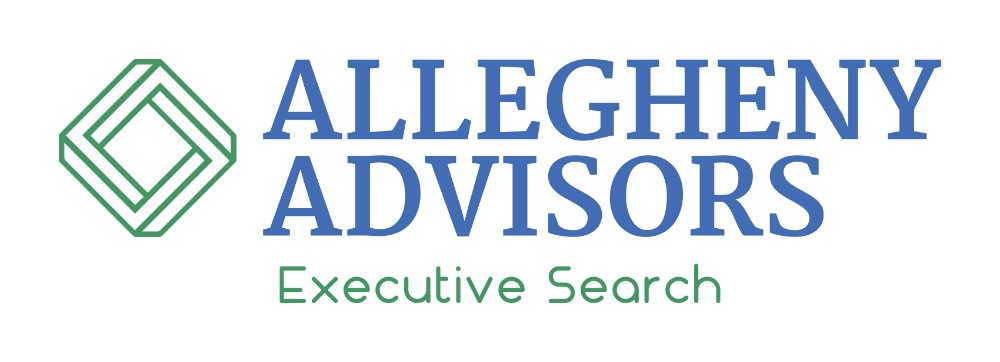A good home provides more than shelter. A good home offers comfort, dignity, and the foundation for a good life. Affordable homes that are safe and well-maintained lower stress and bolster health. They reduce transiency, enabling children to perform better in school, adults to retain jobs, and neighbors to feel connected and safe. An affordable, quality home is one of the fundamentals of an equitable society.
When affordable rental housing is enriched with services – from wellness programs to GED classes to after-school and summer programs for kids – the benefits are often even greater.
Those in need of primary care are more likely to receive it, preventing costly emergency room visits. Home services for seniors allow them to age in place, and at far less expense than a nursing home. Kids get educational supports, better nutrition and a safe place to live – reducing their stress and supporting their future potential. Quality housing and services improve lives and benefit taxpayers and society.
In late 2013, with support from the Kresge Foundation, Stewards of Affordable Housing for the Future (SAHF) launched an initiative to begin collecting data on the impact of service-enriched affordable housing from its members, all multi-state affordable housing providers working to improve the health, education, economic mobility and well-being of their residents. Providing stronger data to policy makers and investors on the benefits of service-enriched housing is key to increasing the funding available to support it.
Read More
